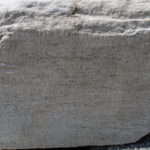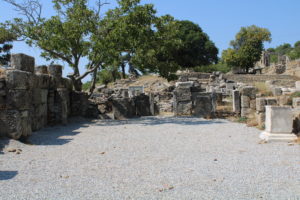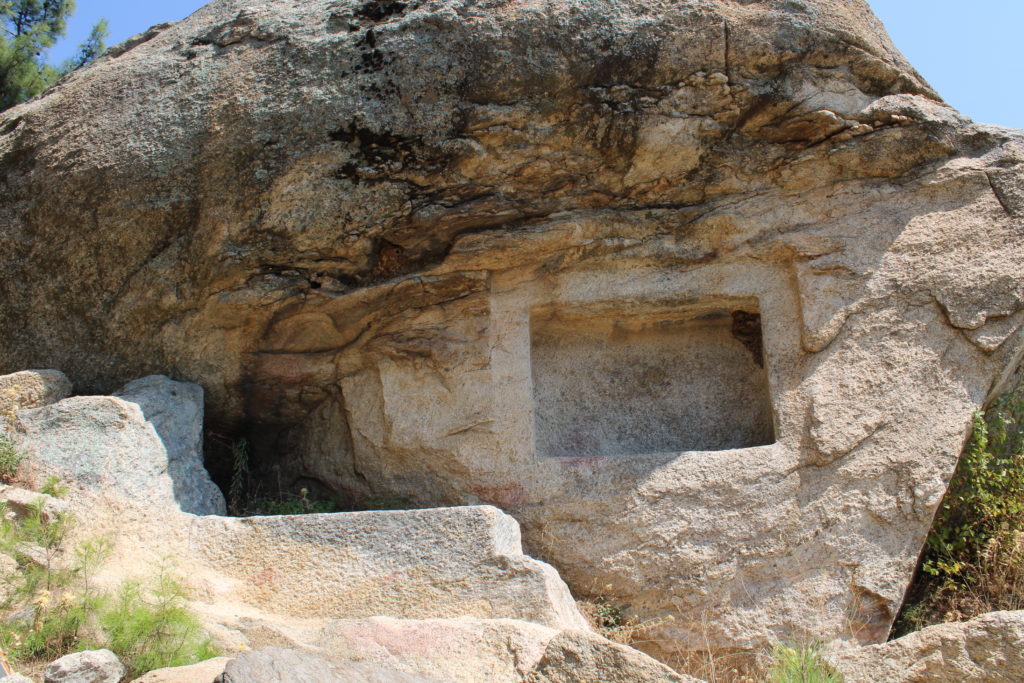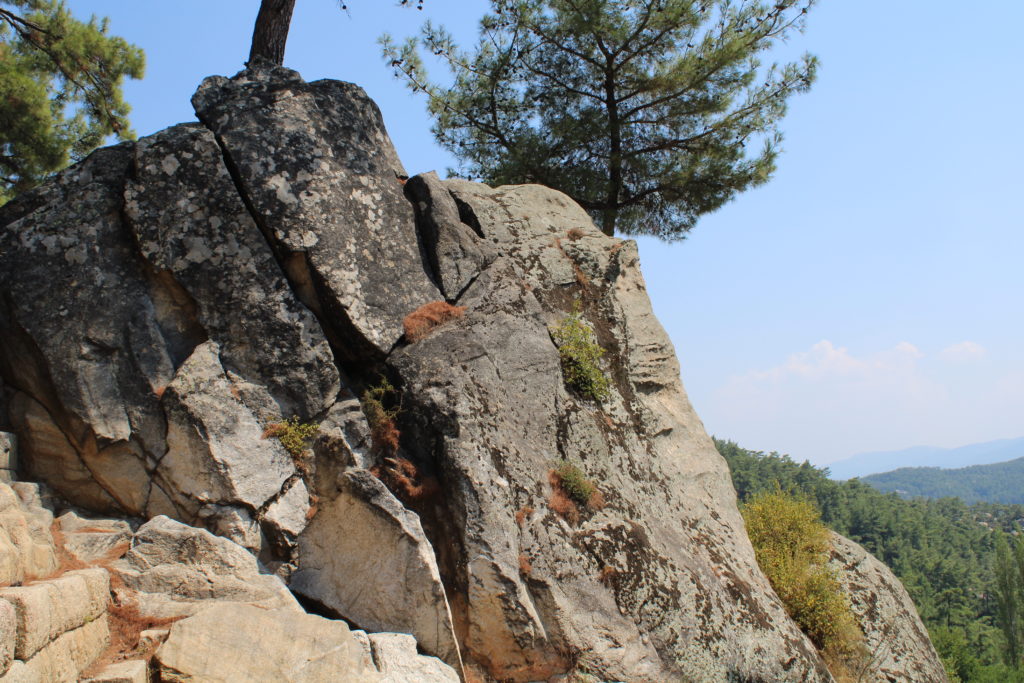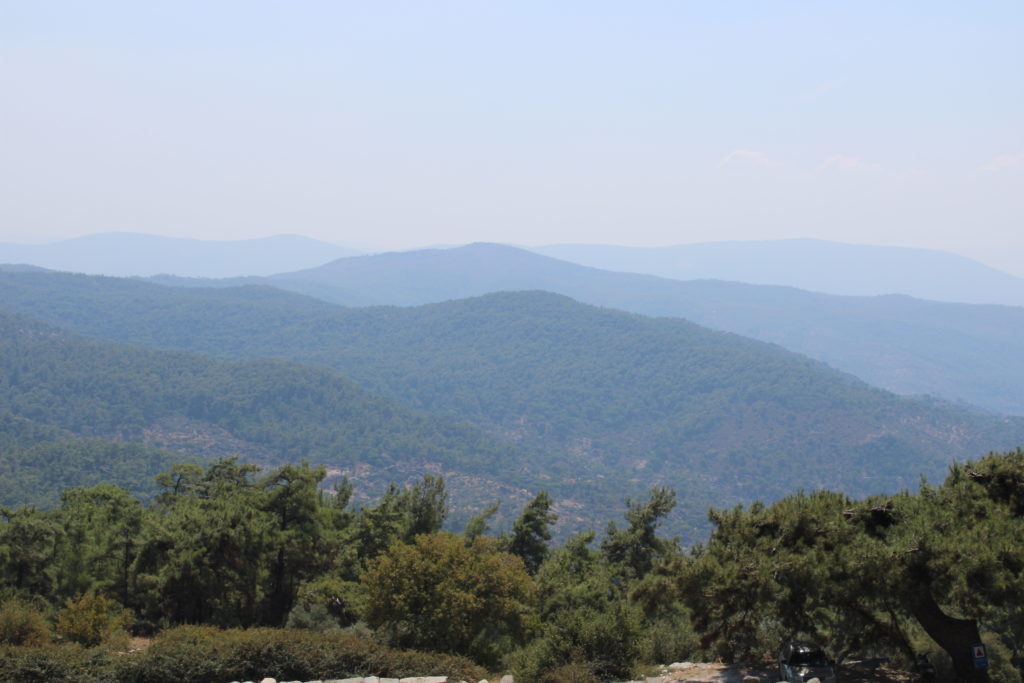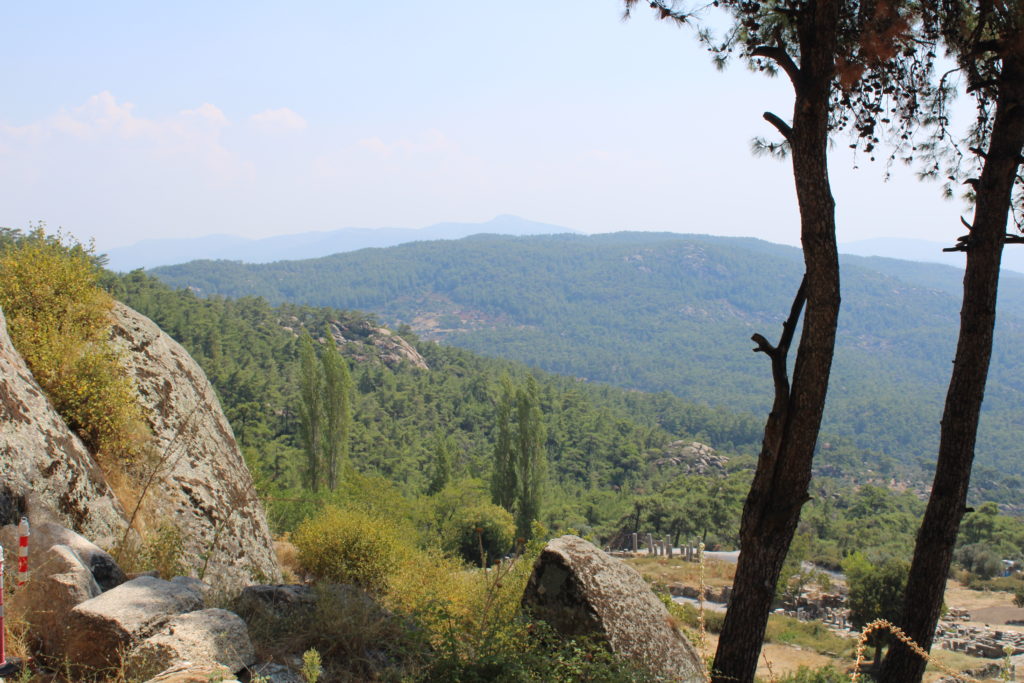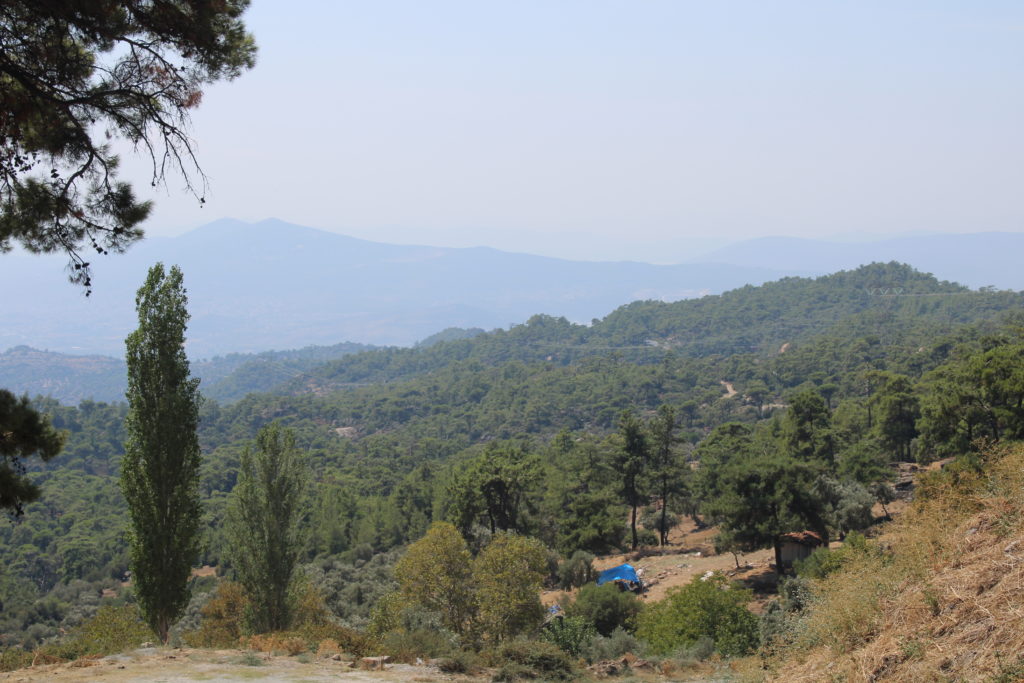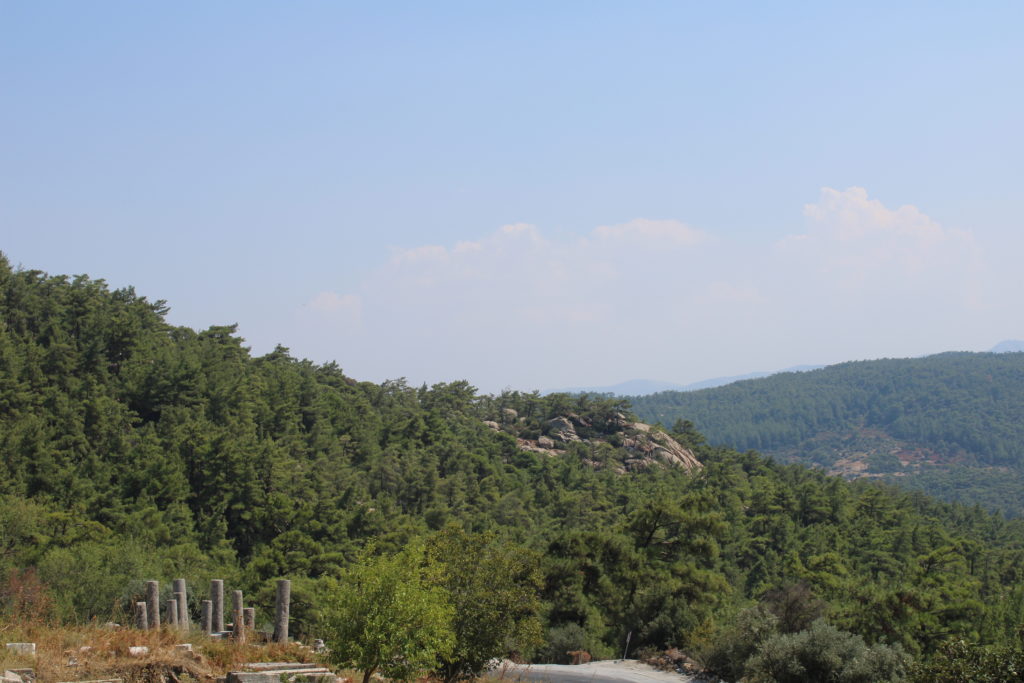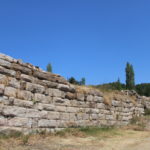Located on the mountains of ancient region of Caria (today southwestern tip of Turkey, corresponding to modern province of Muğla), Labranda offers a very well preserved ancient Greek-Anatolian historic atmosphere and an extraordinary panoramic scenery. A sanctuary site dedicated to Greek main god Zeus, it consists of a great temple dedicated to him, artificial terraces upon which some housing and on-purpose structures were built and many more!
Its relatively intact buildings, tree groves (which include various fruit trees) and a very refreshing water spring will make your trip here a memorible experience!
BRIEF HISTORY AND FOUNDATION
As oldest finding in the site dates to 7th century BC, it is considered to be founded in this period by Carians, a native Anatolian people of the region which had close contact with ancient Greek world and adopted their pantheon (Gods). As a sanctuary dedicated to Zeus, it had a religious importance for the area, was a center of festivals and sacrifices.
The area fought against Persian empire in 497 BC, and being defeated and conquered, became a satrapy (semi-autonomous province ruled mostly by a local leader) of Halicarnassus. The site today got most of its shape during the rule of Mausoleus (the builder of the Maosoloen, one of the ancient seven wonders of the world, which will be shown thoroughly in my Halicarnassus entry) and his bro Idrieus during early 4nd century BC. During a great fire around 1st century, it lost its importance , never to gain the same significance again.
DISCOVERING LABRANDA
As usual, i will show more general view of the site then i will switch to more specific structures. The descriptions under the photos tell about their purpose. Don’t forget to click on the pictures to have a bigger, more detailed look!
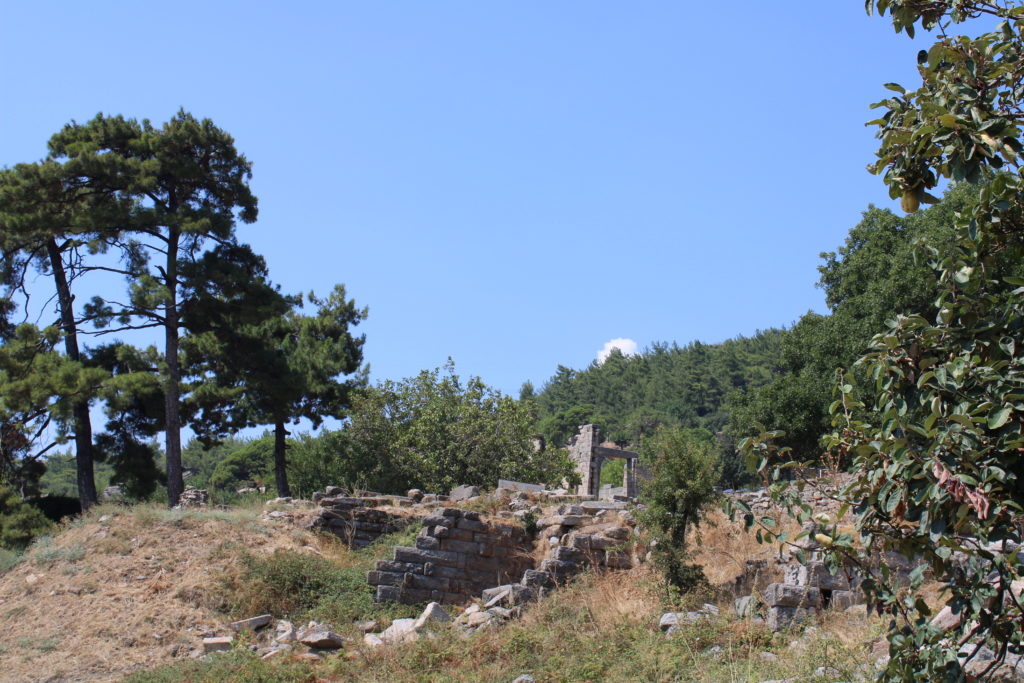
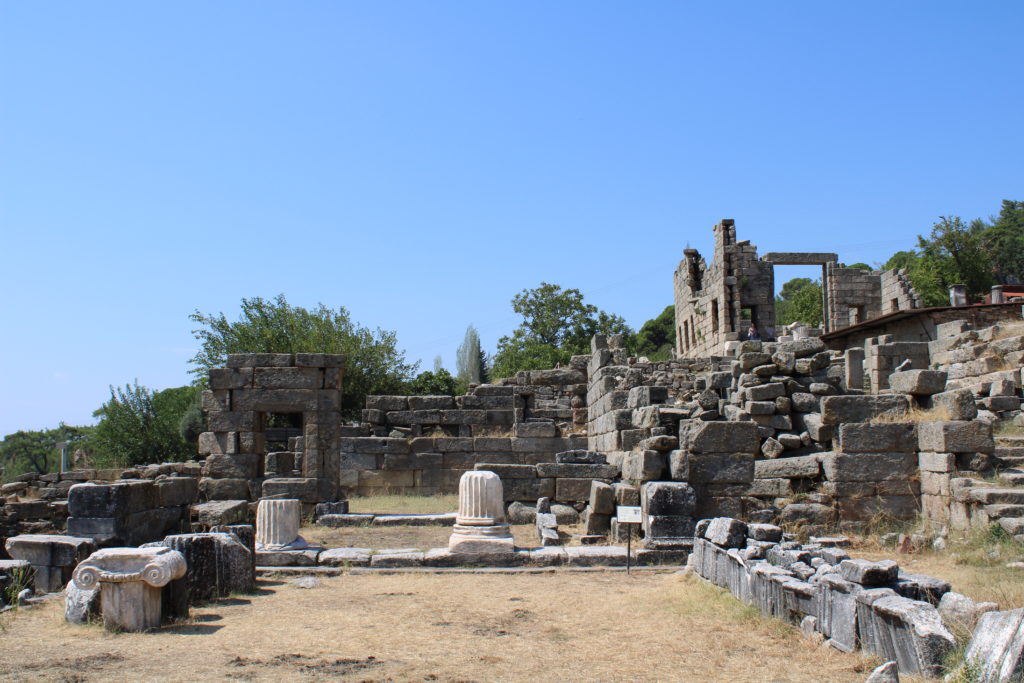
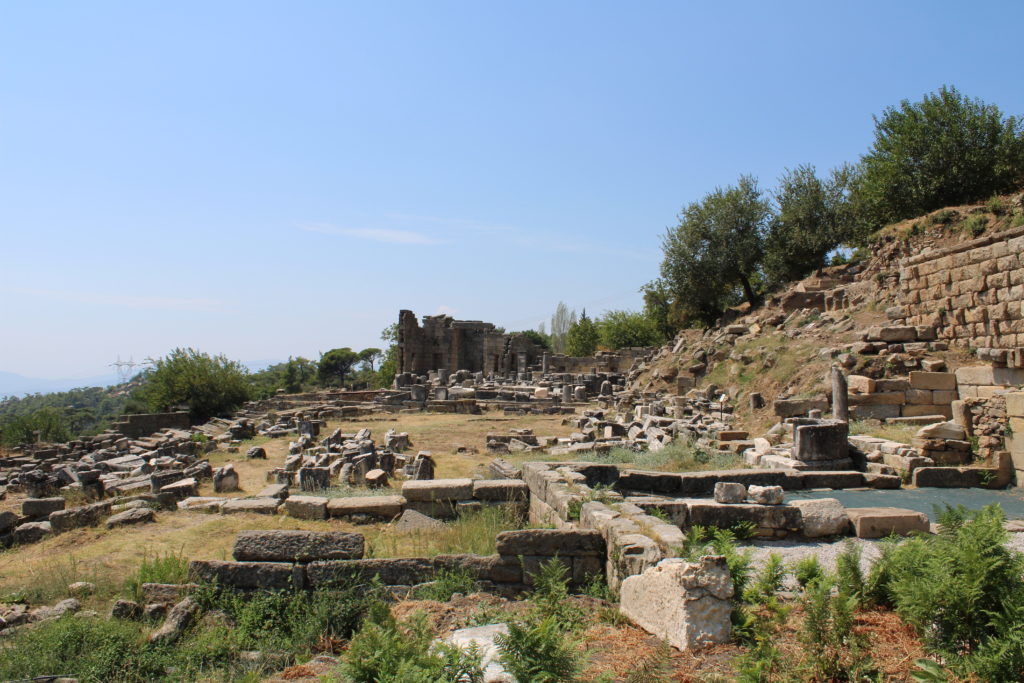
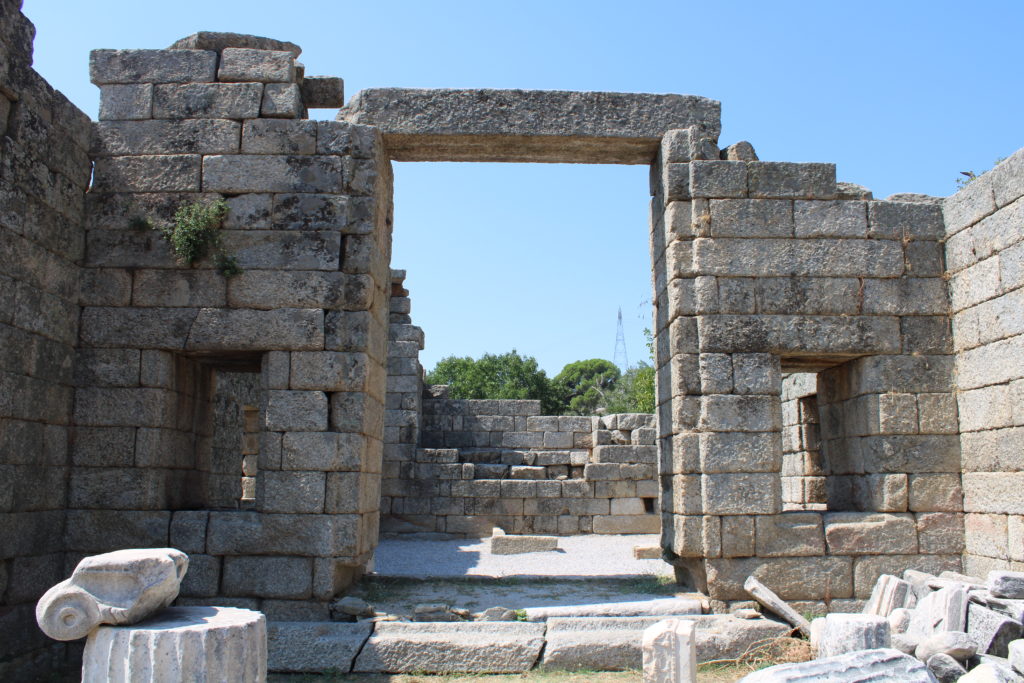
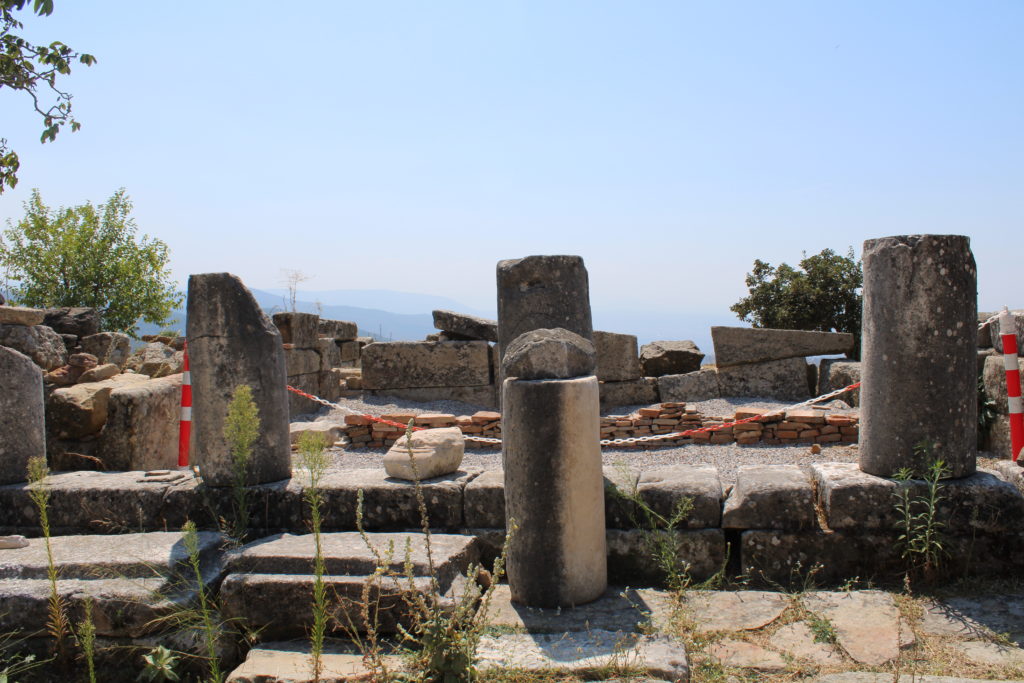
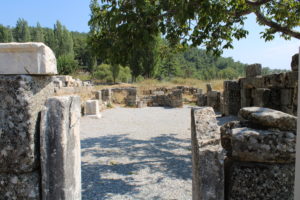
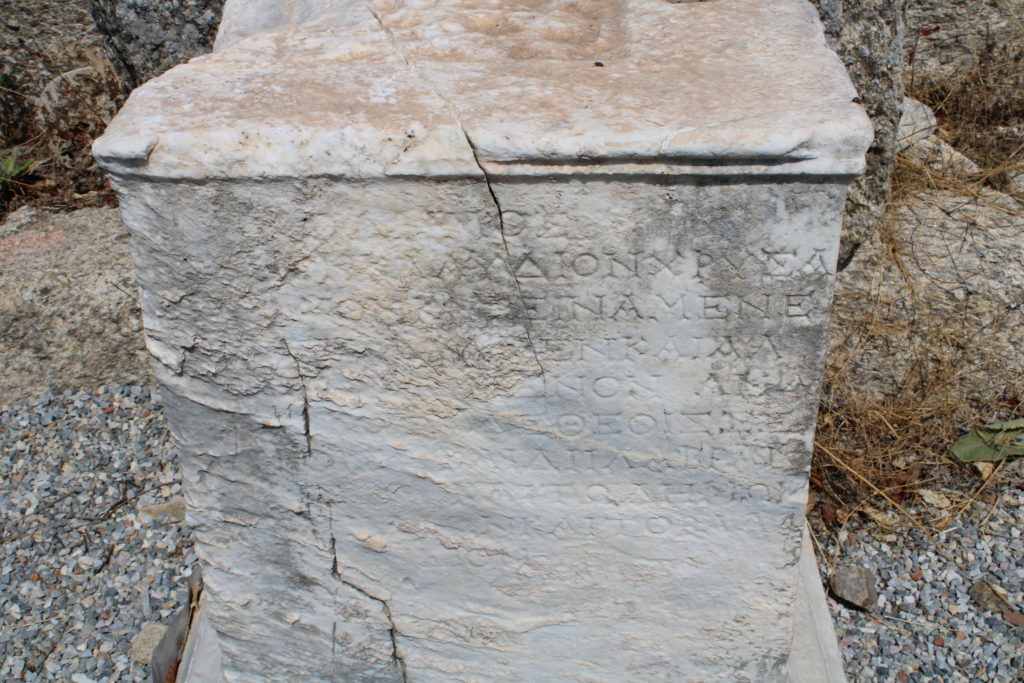
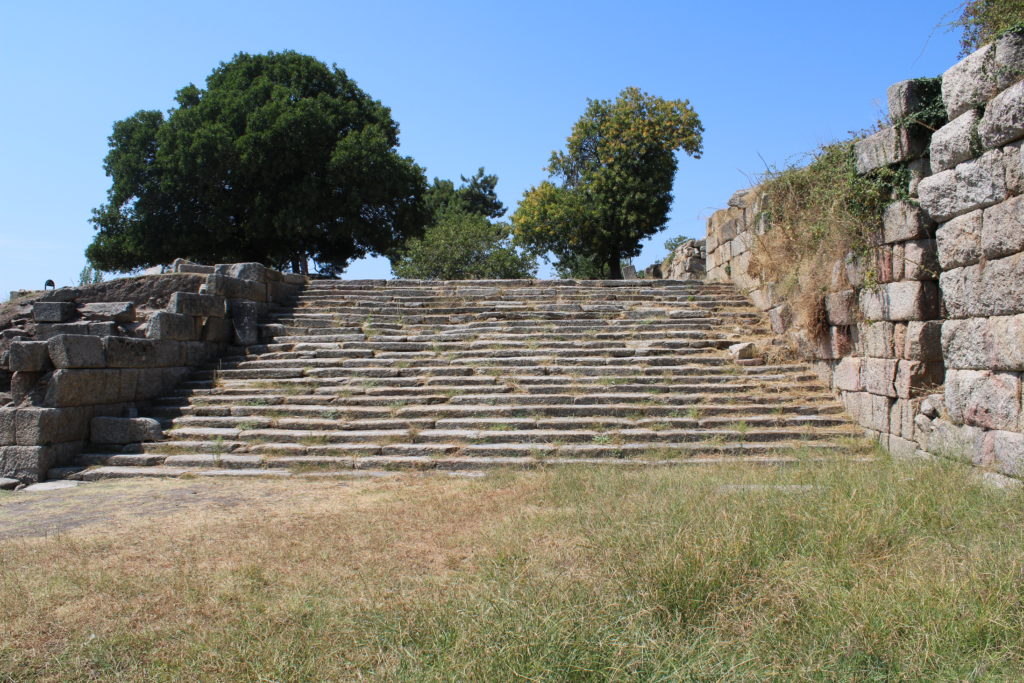
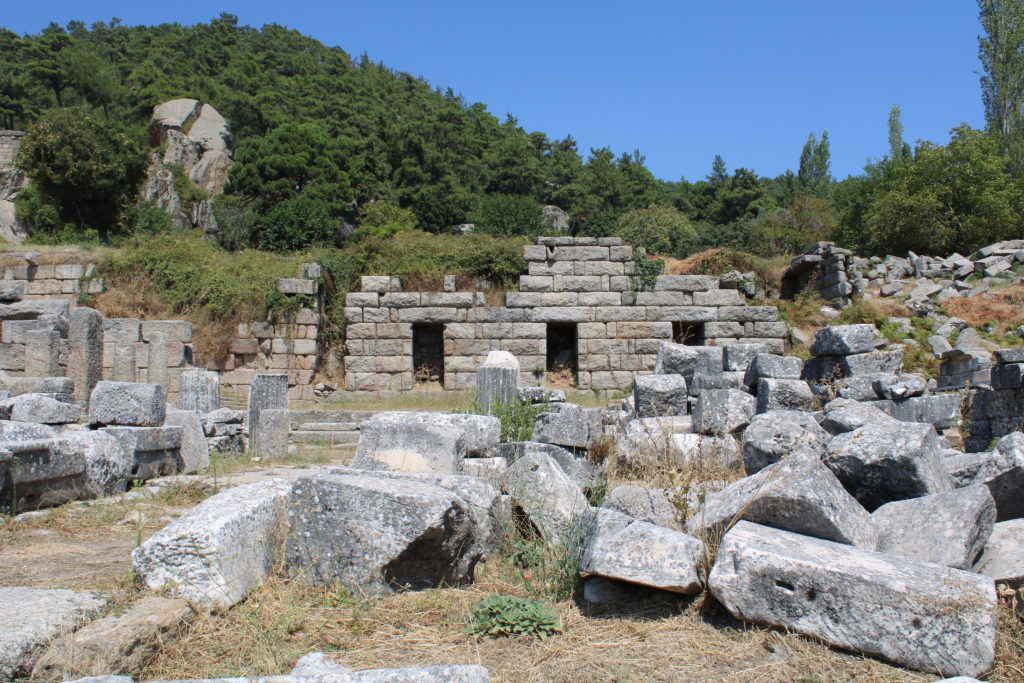
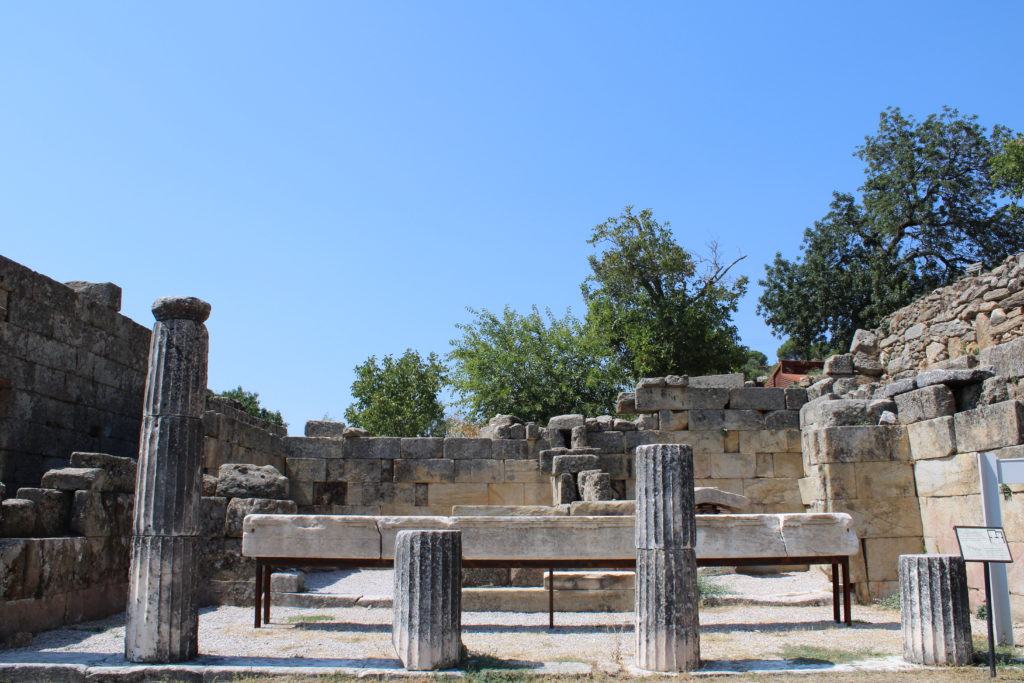
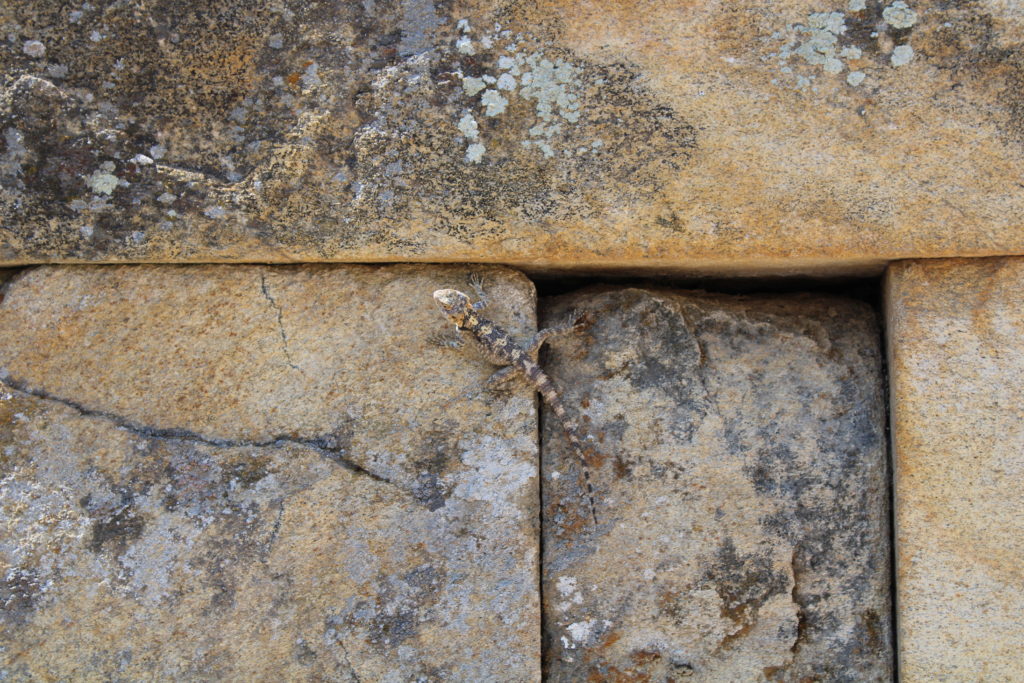
The new, rightful owner Oikoi. All hail mr. Chameleon! 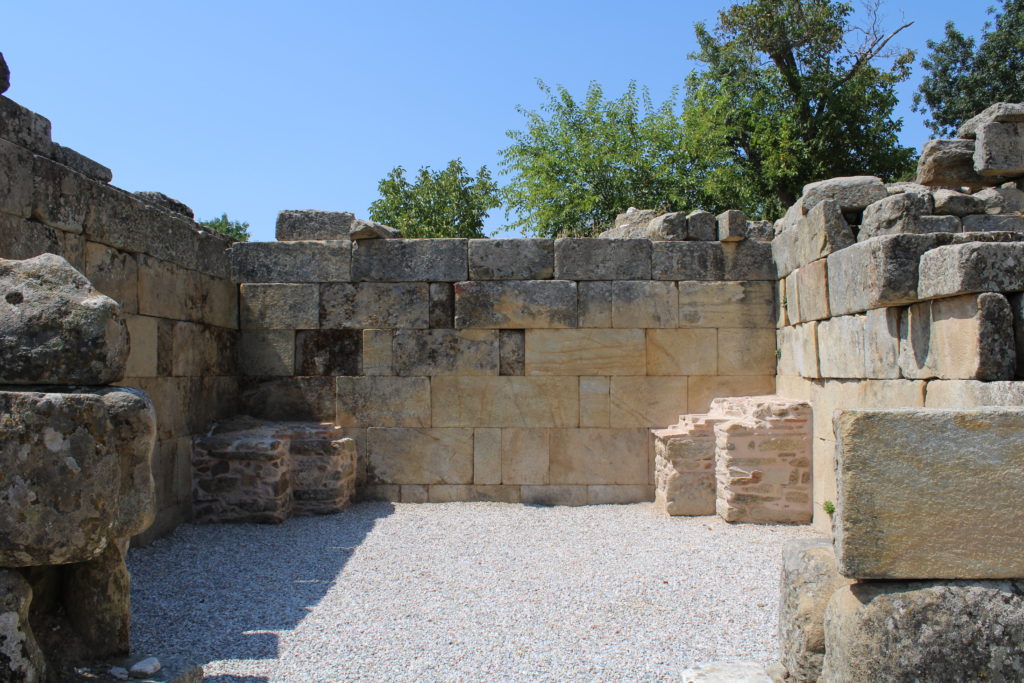
Inside the Oikoi
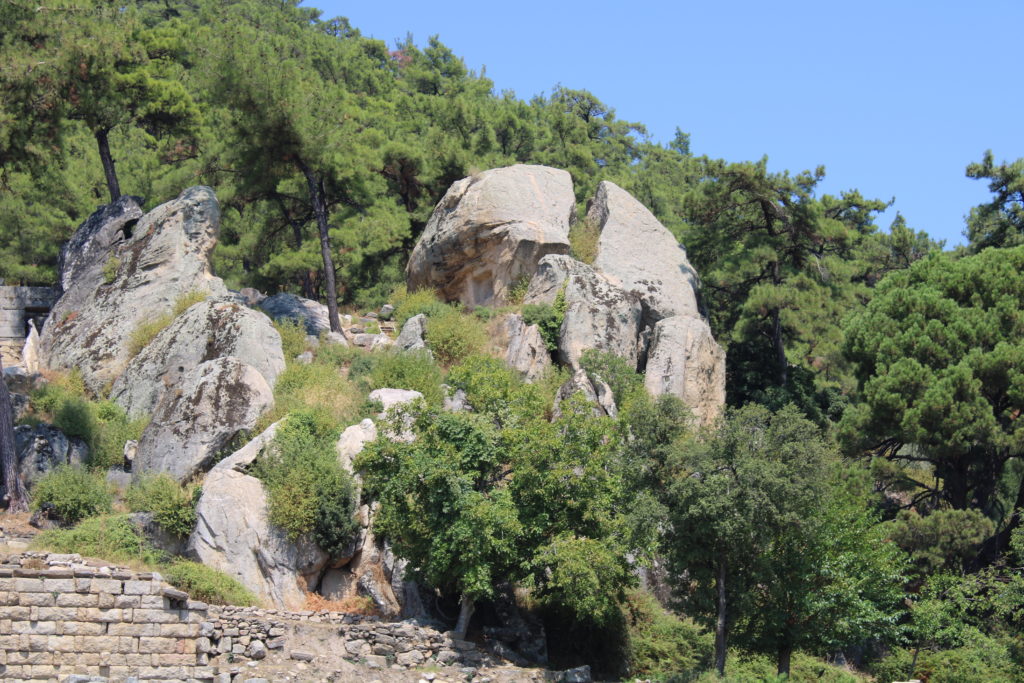
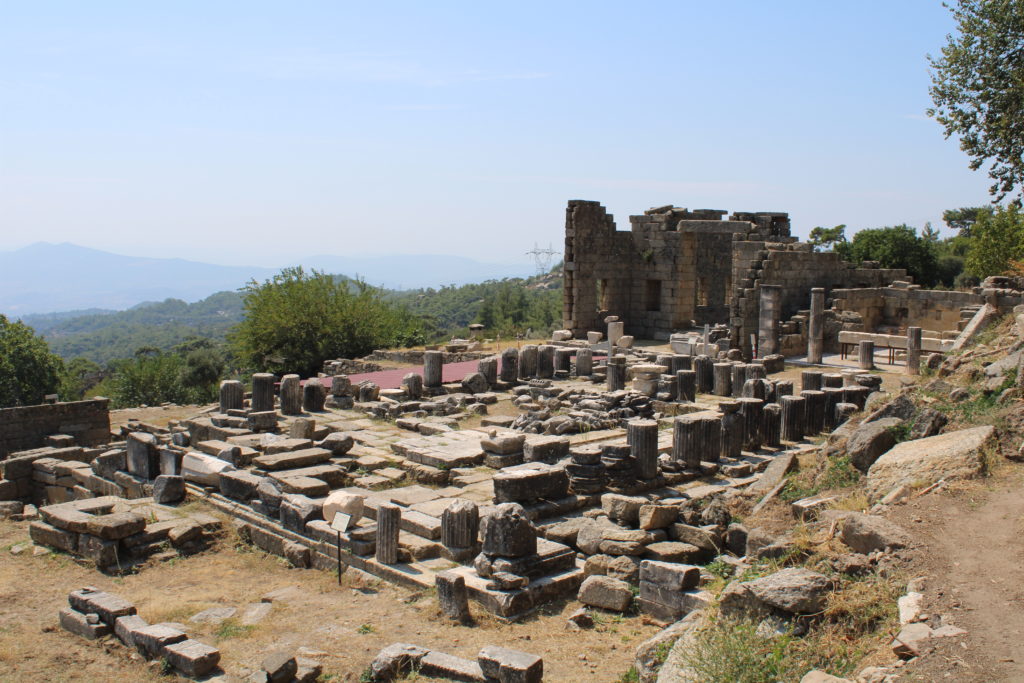
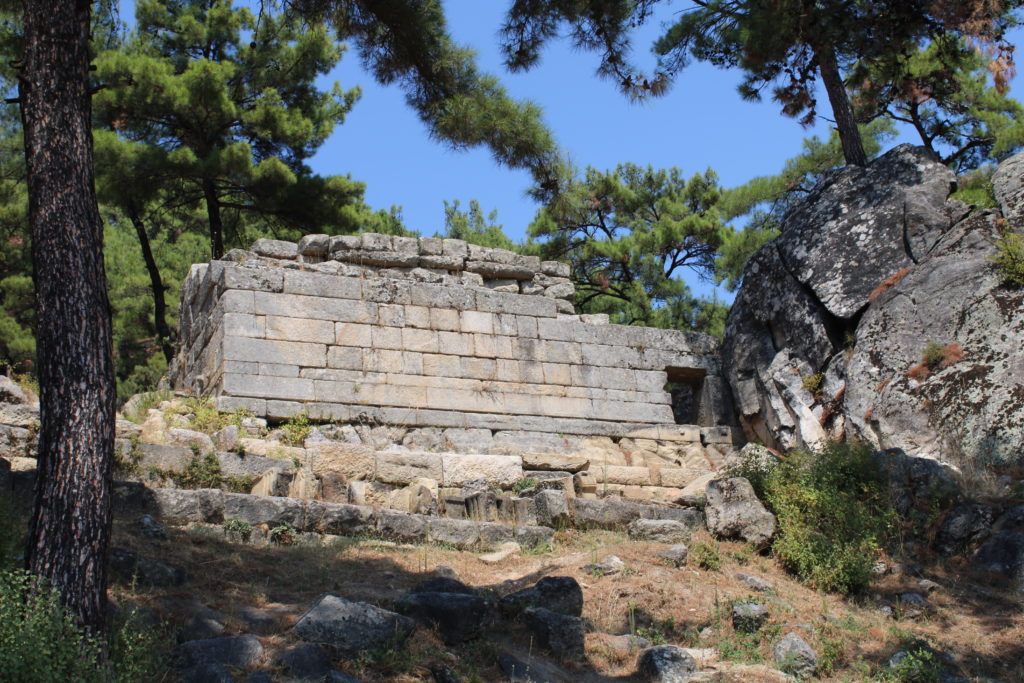
Tomb of Idrieus next to the rock of Zeus, overlooking the whole site with panoramic view. 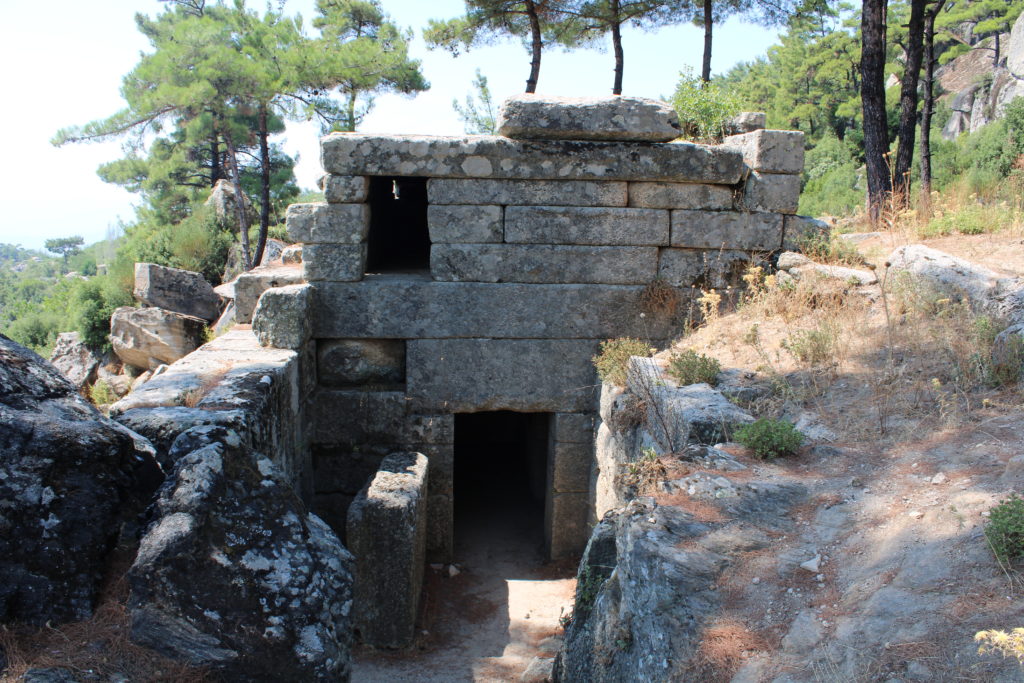
Front view of tomb, fairly intact structure. 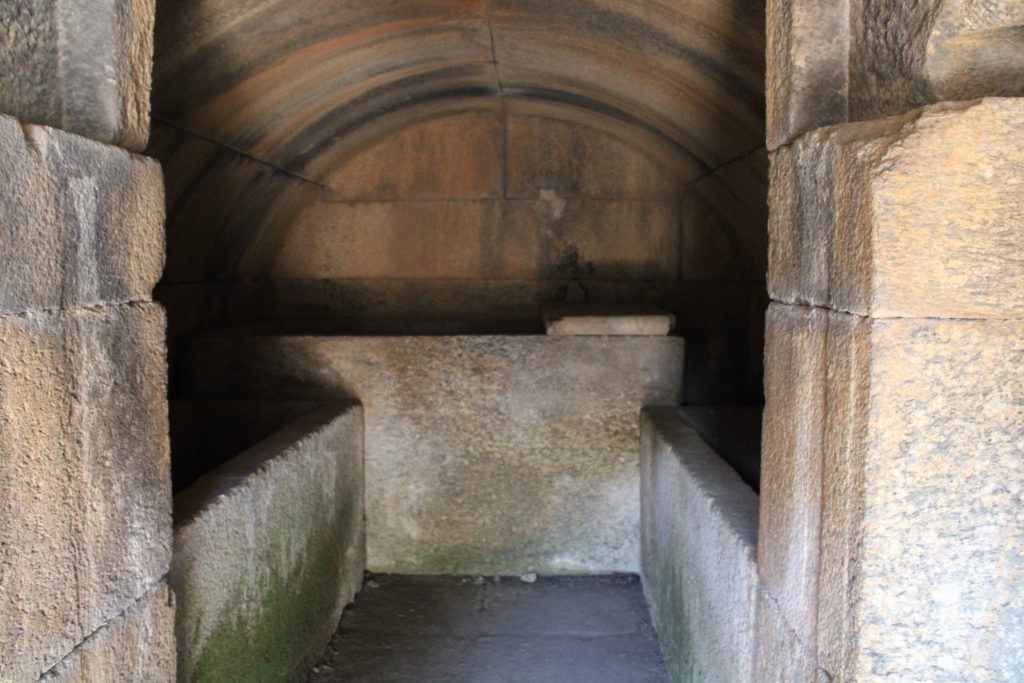
Sarcophagus inside the tomb. I had to stay inside around 5 seconds because there were “strong” bee-hive sounds inside….
GEOGRAPHY & SCENERY
Although the ruins are quite interesting, the scenery within and around the site is just as much interesting and beautiful. As i said above, it is located in middle of a mountainous area, full of but not only olive trees, pine trees and so on..The site itself is covered with vegetation over hundreds of years. Scroll below for live proof!
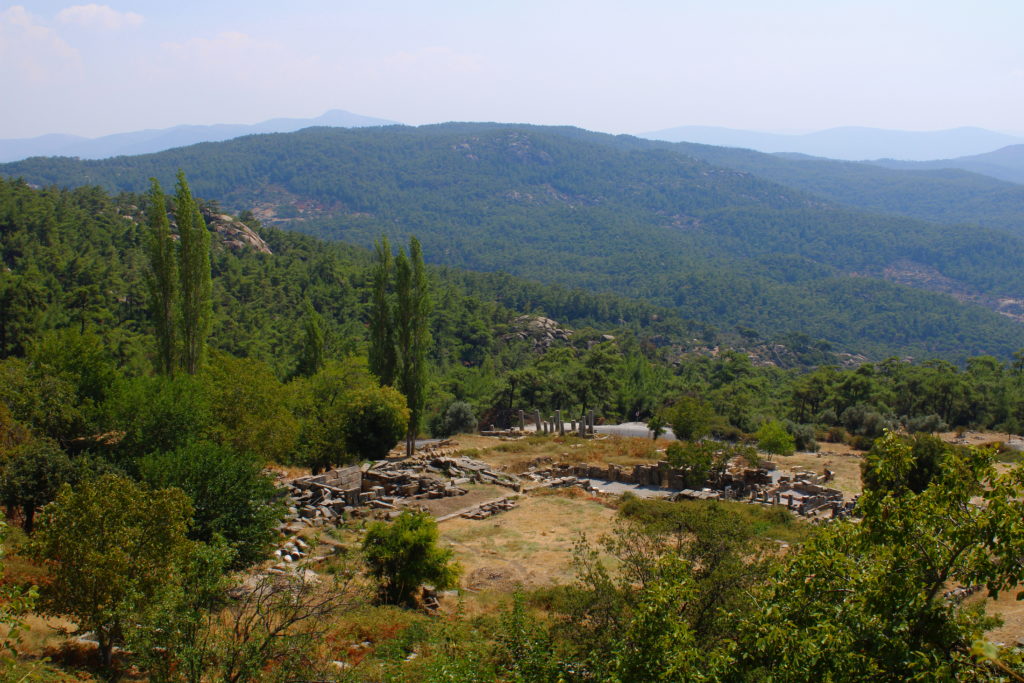
Below are the surroundings of Labranda from different angles, all taken from the rock hill. There are numerous, small mountain villages nearby with beekeeping and animal herding traditions.
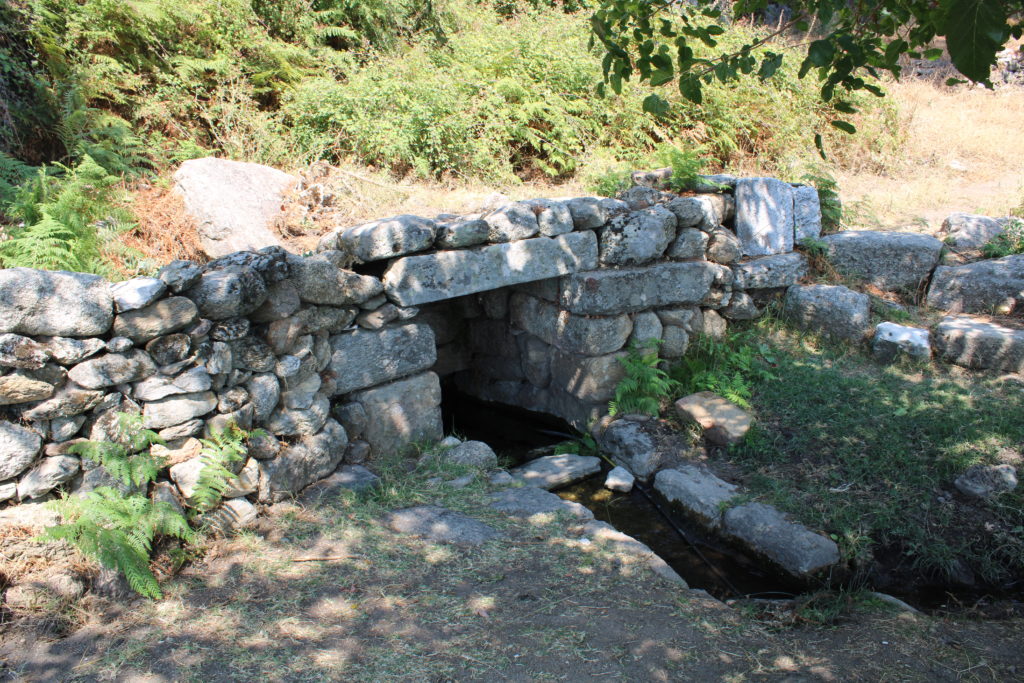
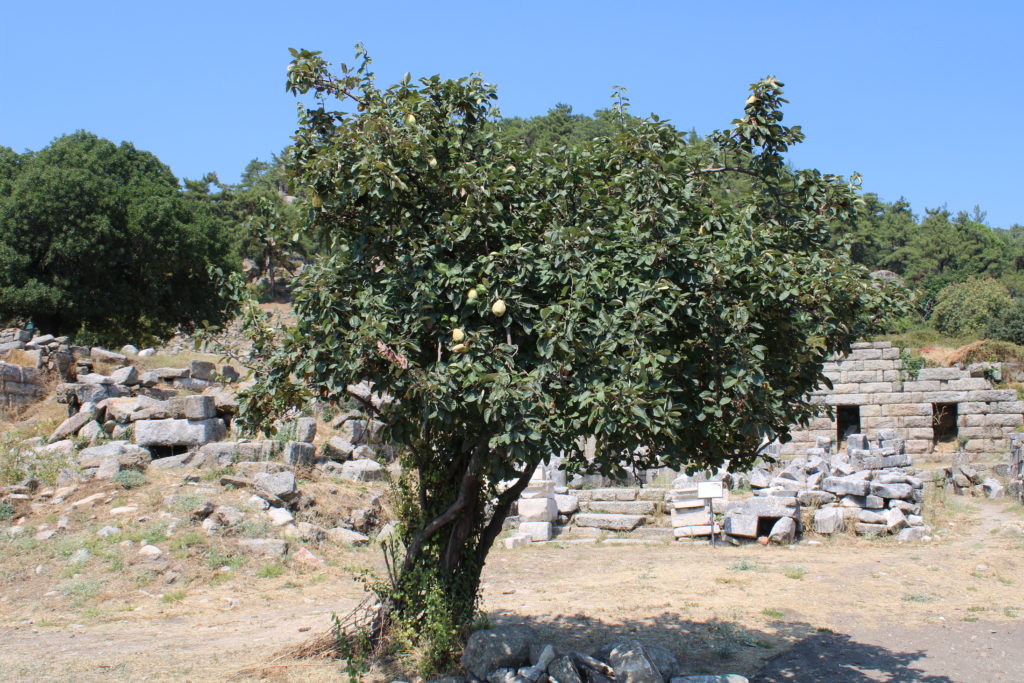
CURRENT STATUS and LAST REMARKS
Labranda is today in UNESCO Tentative list and is being excavated & researched by a Swedish-French-Turkish team ( http://www.labraunda.org ).
It is quite well preserved and with the coming restorations, it will even be more remarkable than it is today. A great Greco-Anatolian sanctuary site, it offers also a café and benches to sit & chill nearby (don’t forget not to throw trash and cigarettes on the area!). There are also a lot of bees in the area due to the beekeeping business on the villages nearby, so take notice.
TRAVEL ADVICES & PERSONAL CONTRIBUTION
Getting there: Labranda is located 14 kilometers north of town of Milas(ancient Mylasa), which deserves a visit itself on its own, (but we will come there later) 49 kilometers from the beach-resort town of Bodrum. Unfortunately, there is no public transport to area as of 2019, as it is located in middle of mountains. Car rental and for more adventurous people, hitchhiking is advised. !!BE CAUTIOUS!!: The road reaching there is a very curvy, mountain road, and is located nearby from a mine therefore there are a lot of big-truck traffic passing by frequently. Please be careful while driving.
I would suggest to combine a trip to Labranda with the town of Milas, which houses numerous ancient and medieval history inside (will have its own entry), with a lot of archeological museums. Another option for a longer trip is to add into the list the ancient town of Herakleia next to lake Bafa, which is located one hour drive away to north, and Iassos, again 1 hour to the west.
GALLERY
Below is the rest of the photos of the lovely sanctuary of Zeus in Labranda. Do not forget to comment & give feedbacks through ‘Contact us’ part !
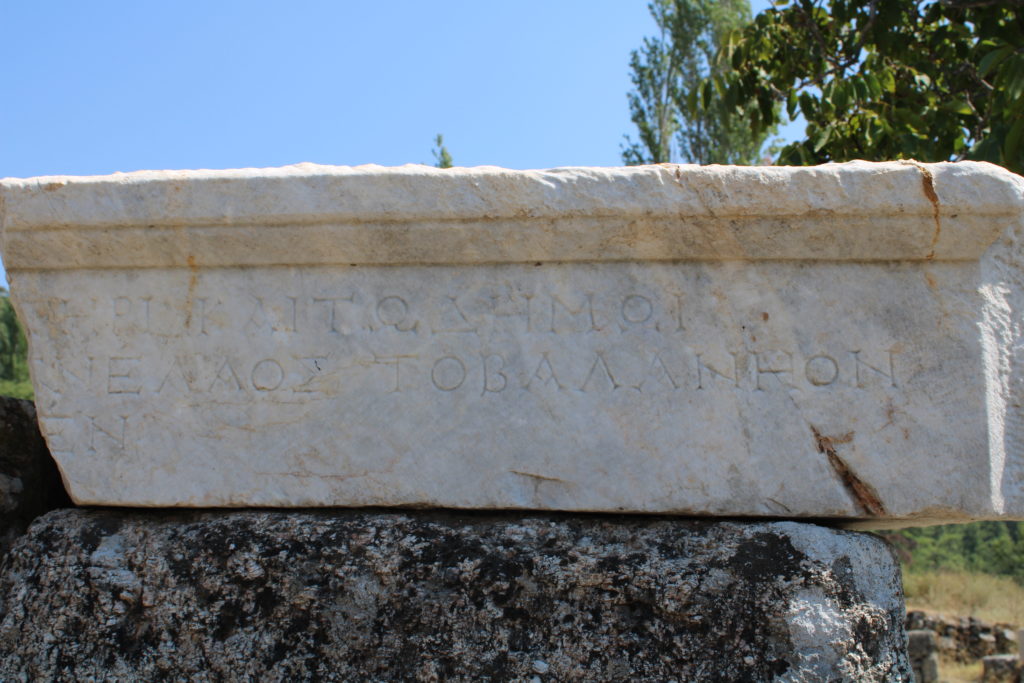
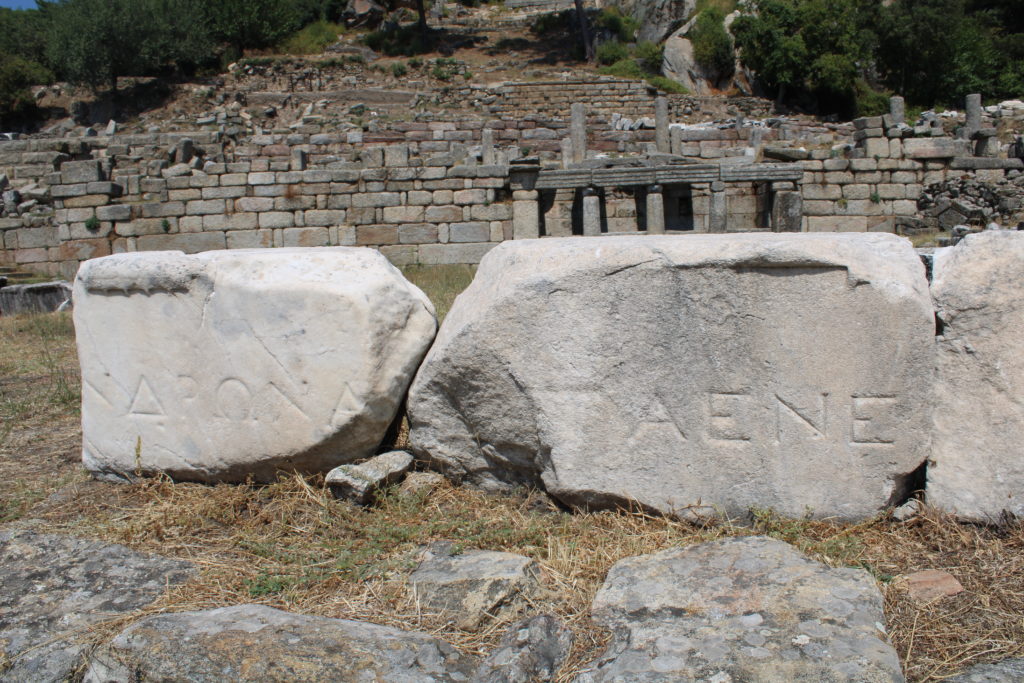
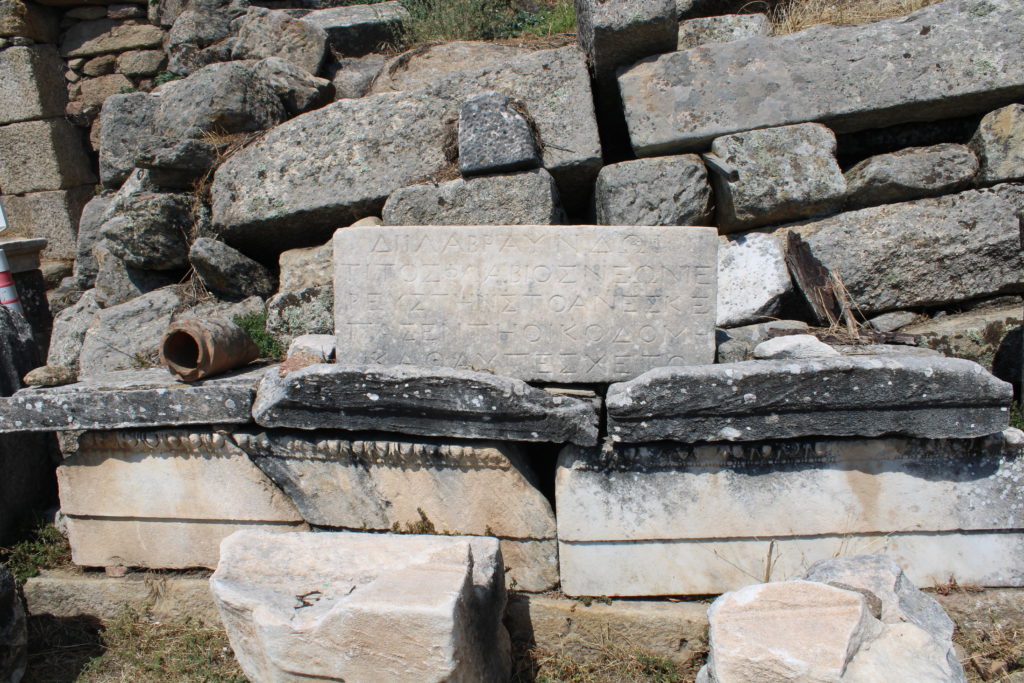
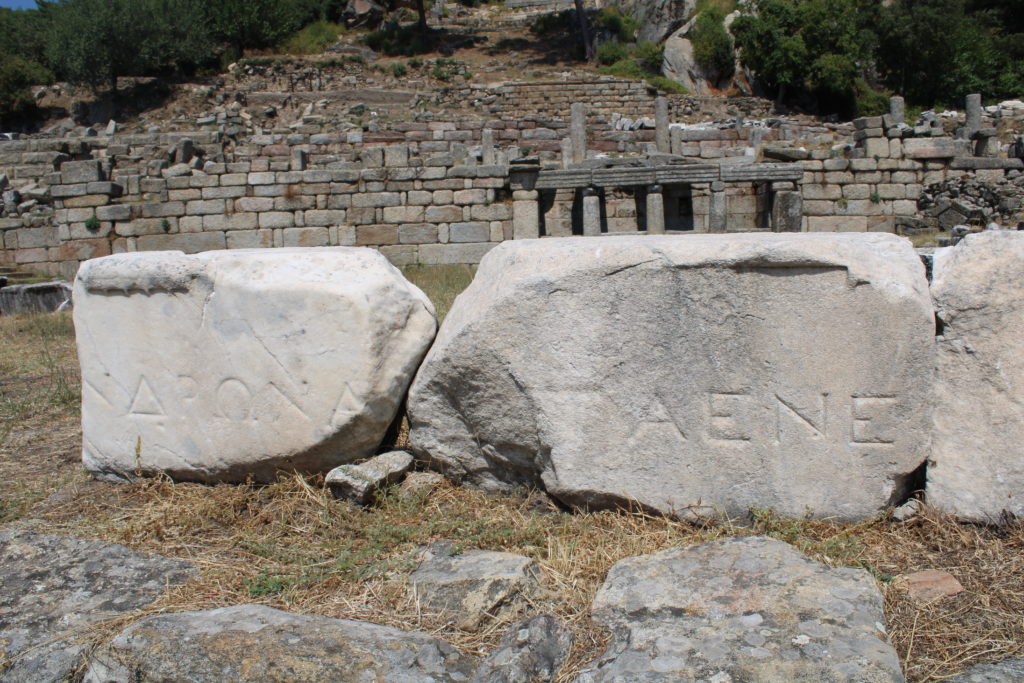
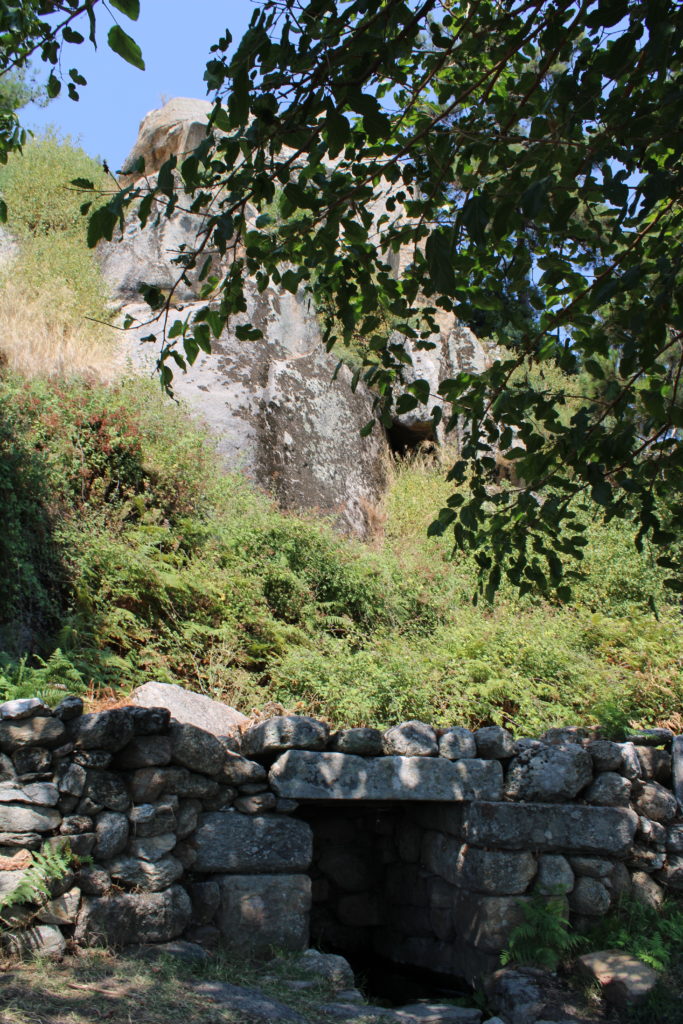
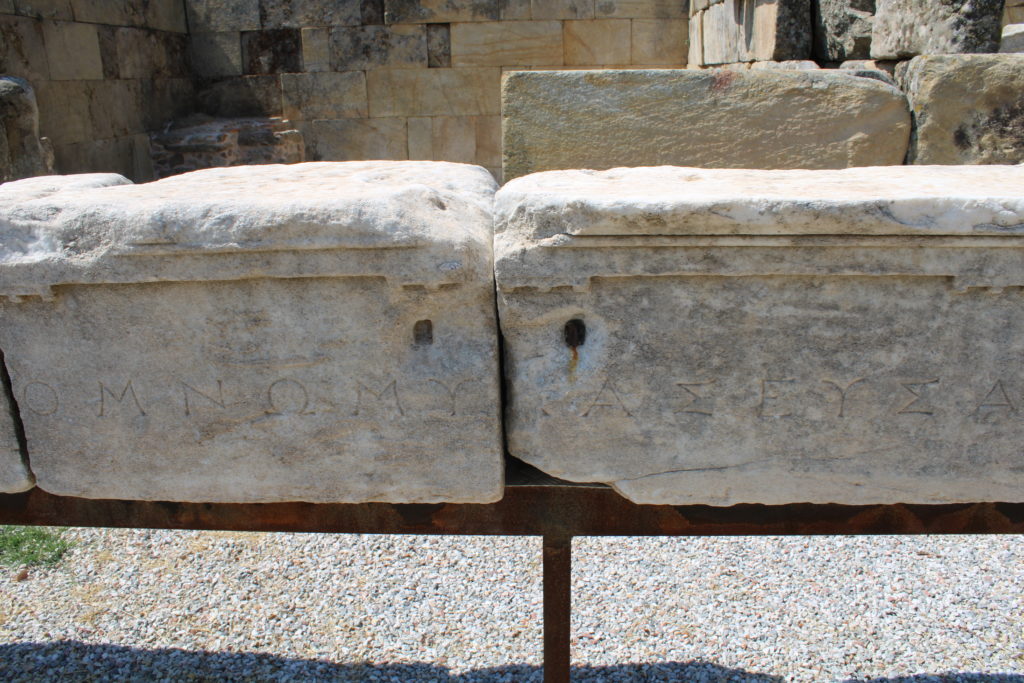
Inscription of Oikoi 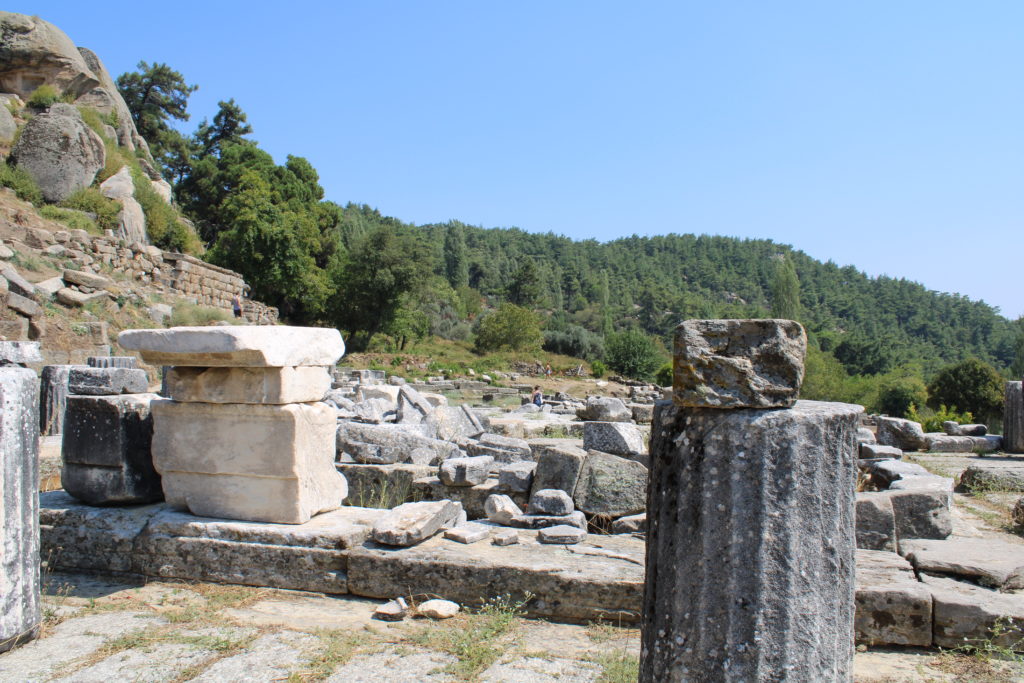
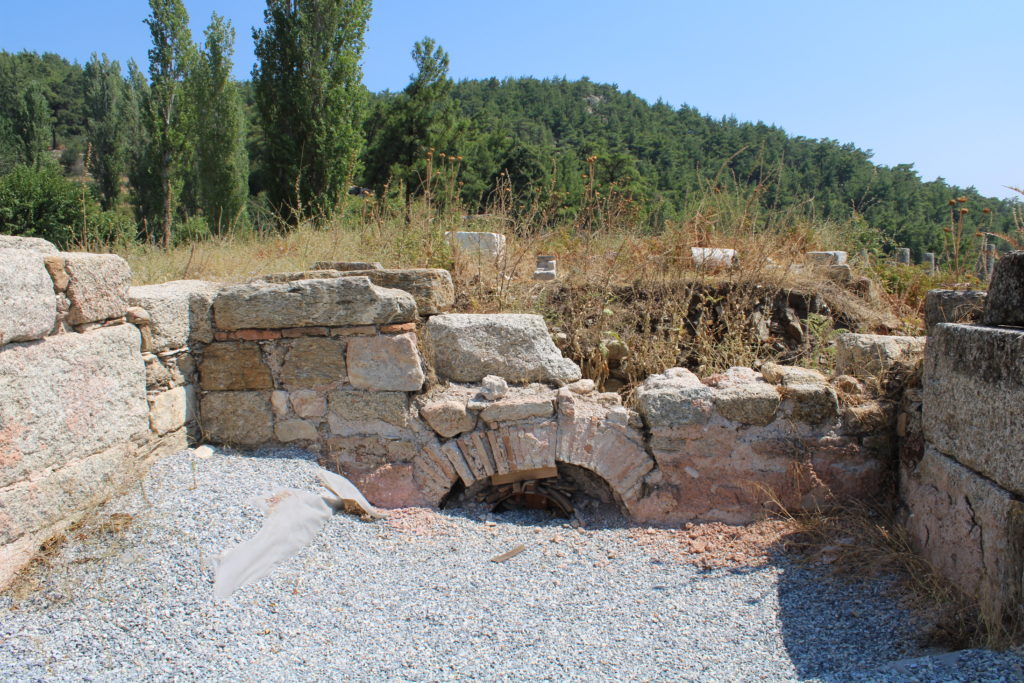
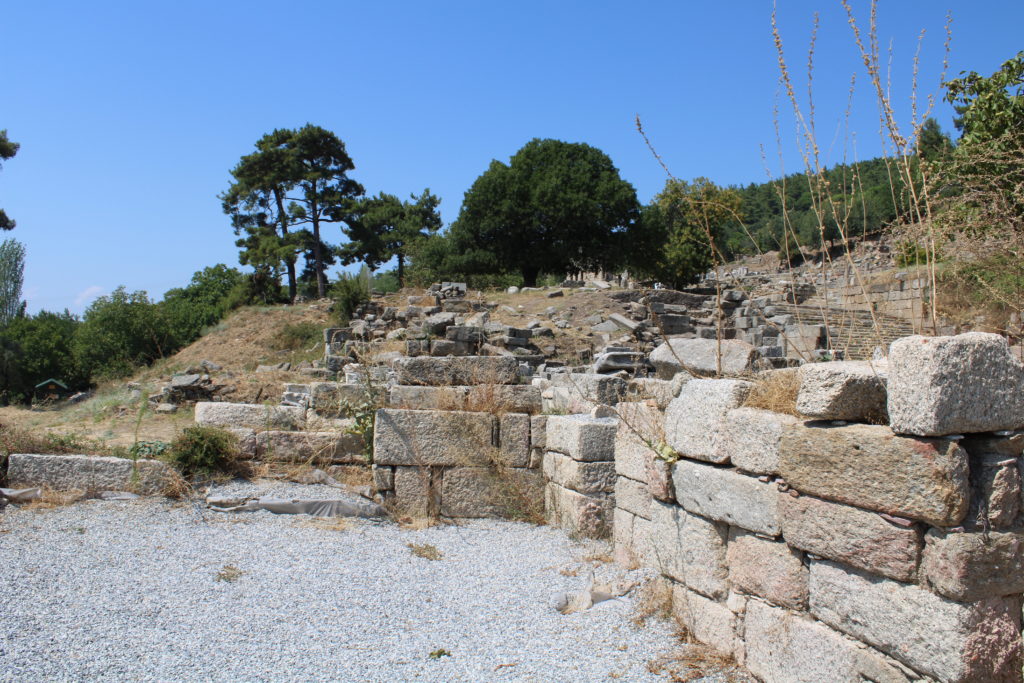
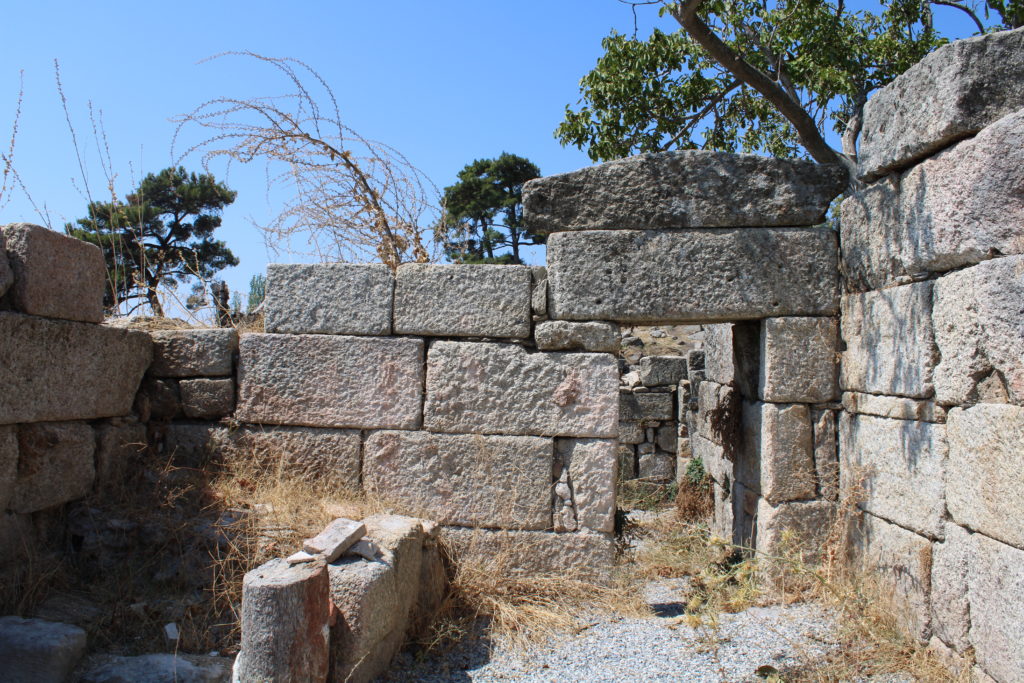
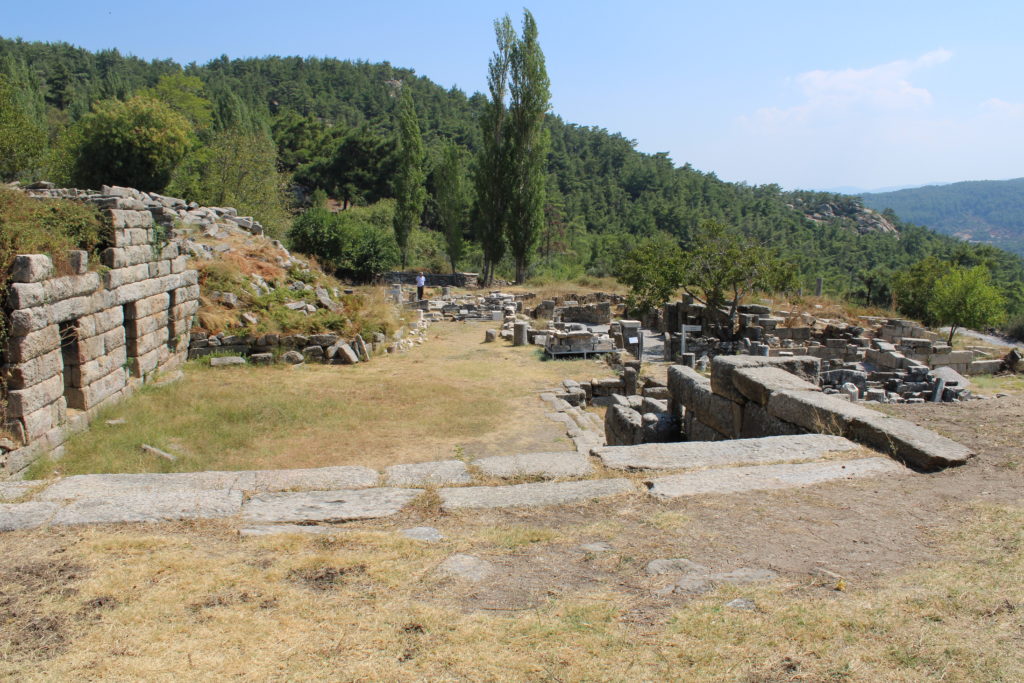
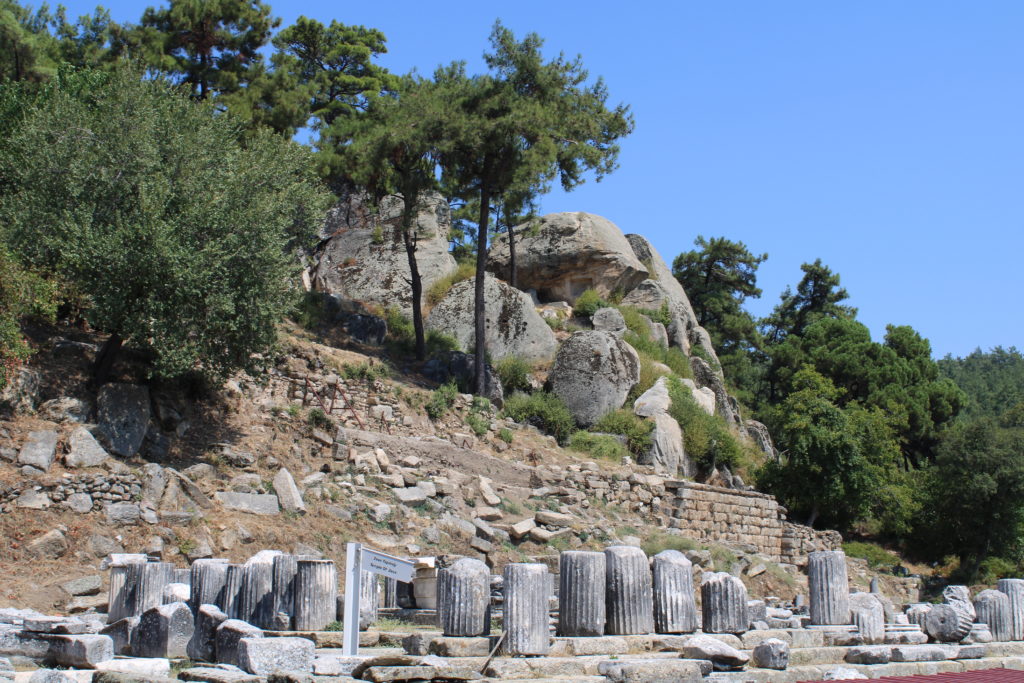
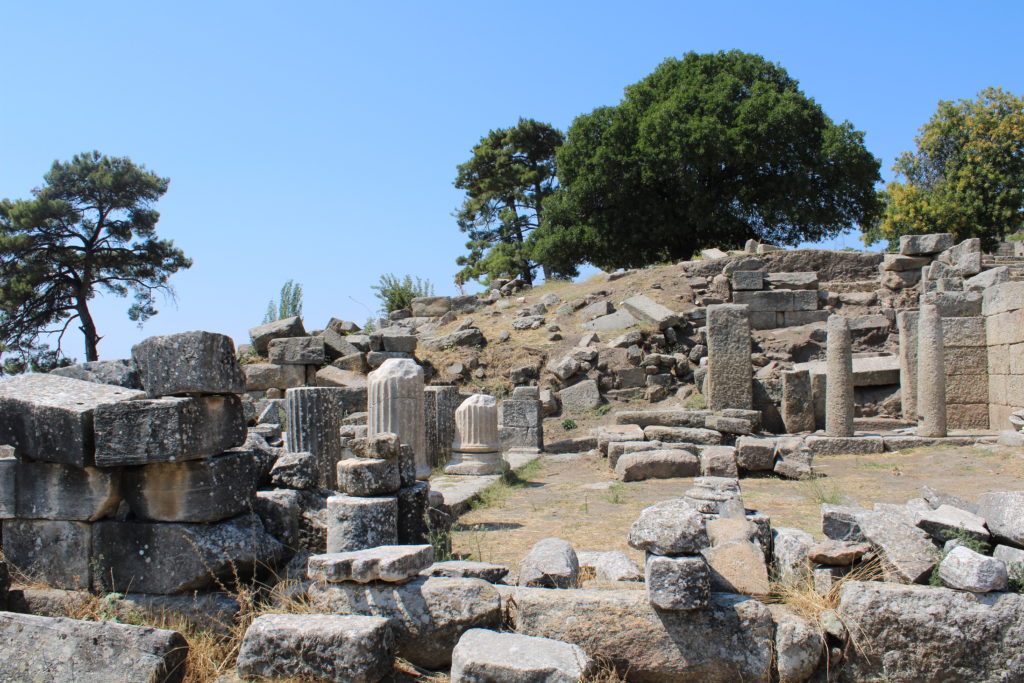
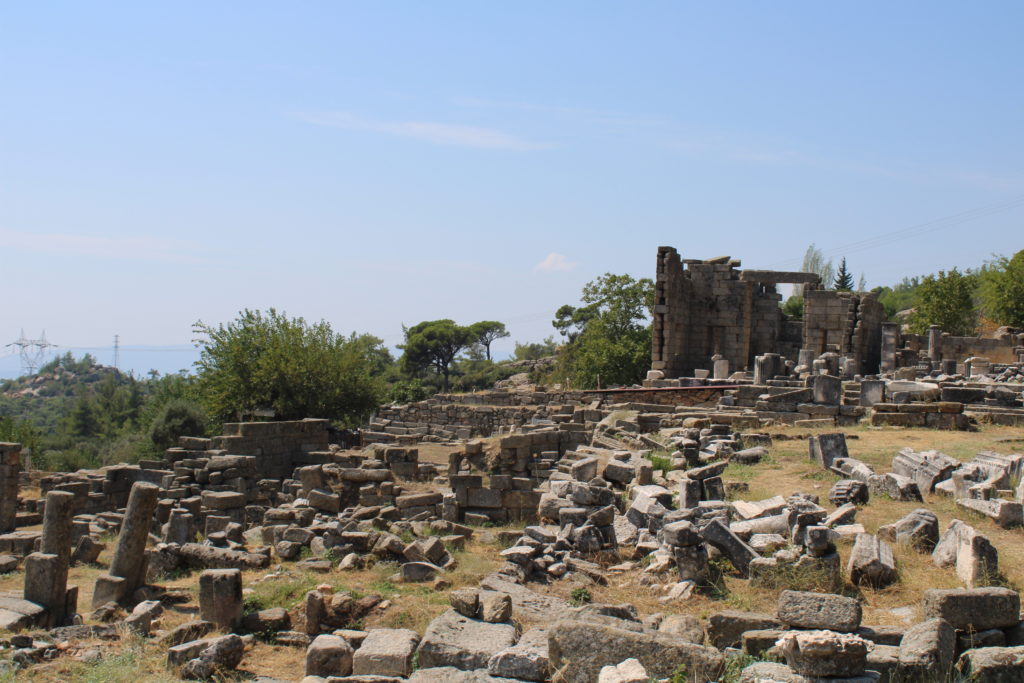
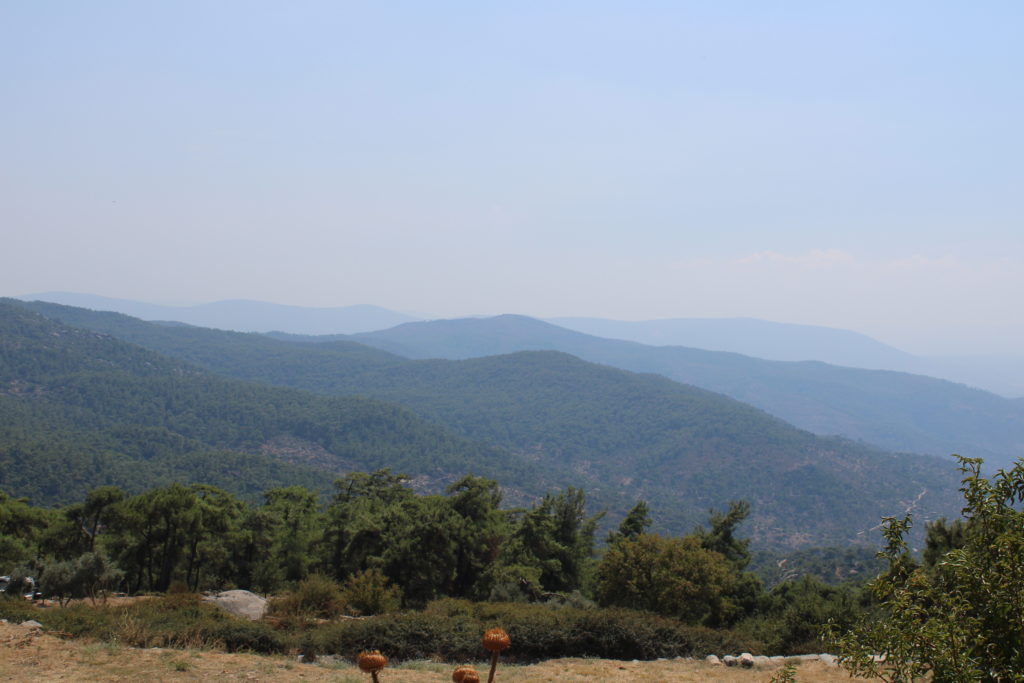
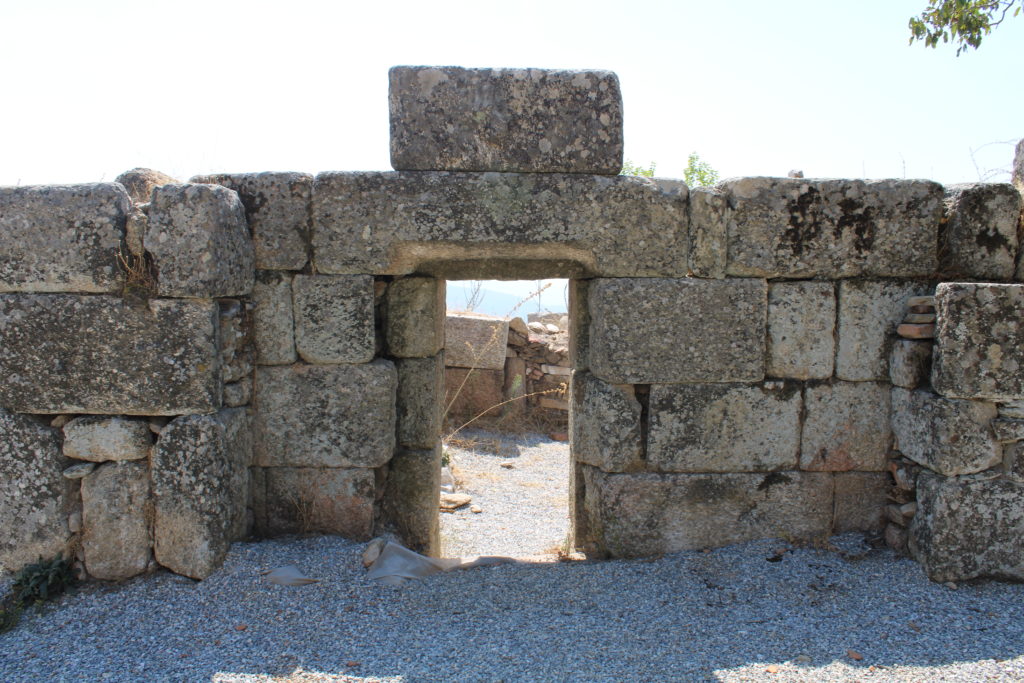
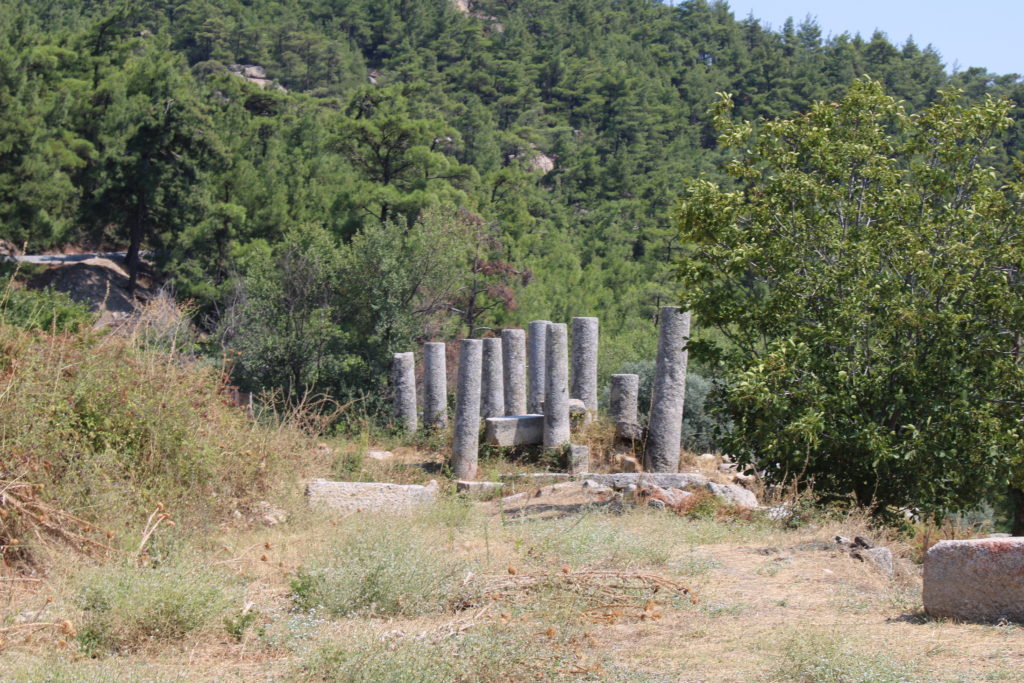
Sources:
Livius.org (for historical reference)


